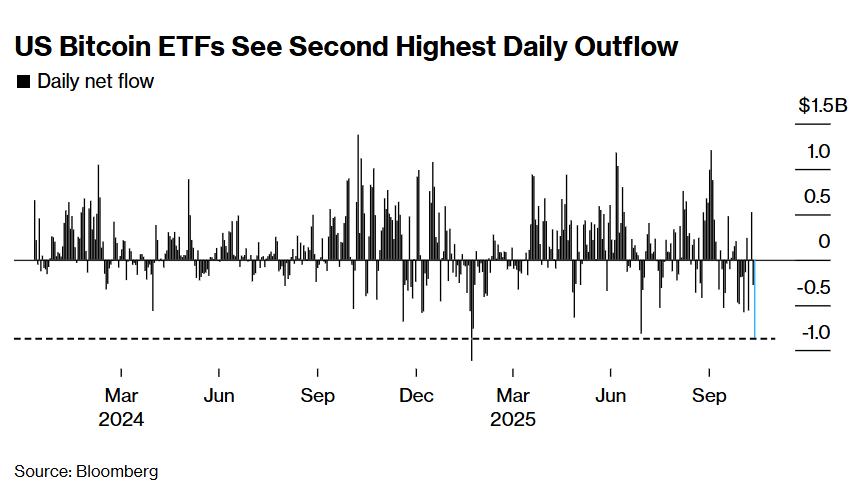Hong Kong to Grant Fewer Than 10 Stablecoin Licenses as August Deadline Approaches
Hong Kong will introduce its new Stablecoin Ordinance in August, limiting full licenses for fiat-referenced stablecoin issuers to fewer than 10. Over 40 companies, including major Chinese financial groups and tech giants, are competing for these exclusive positions. The upcoming regulations follow the recent passage of key legislation. This change gives the Hong Kong Monetary … <a href="https://beincrypto.com/hong-kong-stablecoin-license-limit/">Continued</a>
Hong Kong will introduce its new Stablecoin Ordinance in August, limiting full licenses for fiat-referenced stablecoin issuers to fewer than 10. Over 40 companies, including major Chinese financial groups and tech giants, are competing for these exclusive positions.
The upcoming regulations follow the recent passage of key legislation. This change gives the Hong Kong Monetary Authority (HKMA) strong licensing and supervisory powers. This marks a significant shift in how digital assets are managed in the region.
Limited Licenses, Intense Competition
Starting August 1, the Stablecoin Ordinance brings strict supervision for organizations issuing fiat-referenced stablecoins. The HKMA expects to issue only a handful of licenses by the end of 2025, despite a surge of more than 40 applicants. Notably, most are established financial institutions or leading Chinese tech companies pursuing approval under the new system.
This heightened interest highlights Hong Kong’s growing role as a digital finance leader. Since the ordinance passed in May, firms such as Ant Group and JD.com have accelerated efforts to meet the approaching compliance deadline. Demand is especially strong for launching yuan-pegged stablecoins and expanding digital services from Hong Kong’s financial market.
“The Hong Kong Stablecoin Ordinance will officially take effect on August 1 this year. The Hong Kong Monetary Authority will open the license application. It is expected that only a single digit number will be issued, but more than 40 companies are currently preparing to apply. The applicants are basically the largest financial institutions and Internet companies in China.” WuBlockchain said.
With the number of licenses strictly limited, only the most qualified firms can issue fiat-backed stablecoins. This reflects Hong Kong’s intent to safeguard its reputation while supporting responsible innovation.
Elevating Standards: Hong Kong’s Regulatory Approach
The new licensing regime closely follows international standards for financial stability and risk management. Applicants must meet rigorous requirements on reserve asset management, deliver clear redemption guarantees to users, and satisfy advanced anti-money laundering protocols.
For both regulators and industry leaders, these provisions confront ongoing concerns about stablecoin solvency, misconduct, and consumer risk. The HKMA’s recent press release details the legal framework, setting out a six-month transitional period for existing issuers to adapt. This is a vital step to ensure market continuity without losing regulatory grip.
HKMA’s leaders, speaking at a recent industry event, stressed the need for a careful balance between innovation and oversight. Application guidance and enforcement priorities are already public, giving applicants clear expectations.
While the Stablecoin Ordinance advances digital asset regulation, it brings significant implications for issuers and users alike. Limiting licenses is intended to increase confidence in approved stablecoins, prevent unchecked growth, and keep Hong Kong’s reputation as a leading financial center secure.
Existing operations benefit from transitional arrangements, yet unlicensed issuers must exit the market or face enforcement once the grace period ends. The HKMA places consumer protections front and center, while cross-border compliance and anti-money laundering remain crucial for wider financial safety.
As the deadline approaches, decisive action by top tech and finance firms will help shape Hong Kong’s stablecoin landscape. This measured approach has set a high benchmark for other markets, confirming the city’s goal of leading responsibly in the evolving digital asset sector.
Disclaimer: The content of this article solely reflects the author's opinion and does not represent the platform in any capacity. This article is not intended to serve as a reference for making investment decisions.
You may also like
As economic cracks deepen, bitcoin may become the next liquidity "release valve"
The US economy is showing a divided state, with financial markets booming while the real economy is declining. The manufacturing PMI continues to contract, yet the stock market is rising due to concentrated profits in technology and financial companies, resulting in balance sheet inflation. Monetary policy struggles to benefit the real economy, and fiscal policy faces difficulties. The market structure leads to low capital efficiency, widening the gap between rich and poor and increasing social discontent. Cryptocurrency is seen as a relief valve, offering open financial opportunities. The economic cycle oscillates between policy adjustments and market reactions, lacking substantial recovery. Summary generated by Mars AI. The accuracy and completeness of this summary are still being iteratively updated by the Mars AI model.

The wave of cryptocurrency liquidations continues! US Bitcoin ETF sees second highest single-day outflow in history
Due to the reassessment of Federal Reserve rate cut expectations and the fading rebound of the U.S. stock market, the crypto market continues to experience liquidations, with significant ETF capital outflows and options traders increasing bets on volatility. Institutions warn that technical support for bitcoin above $90,000 is weak.

When traditional financial markets fail, will the crypto industry become a "pressure relief valve" for liquidity?
As long as the system continues to recycle debt into asset bubbles, we will not see a true recovery—only a slow stagnation masked by rising nominal figures.

A Quiet End to 2025 Could Prime Crypto for a 2026 Breakout, Analysts Say

